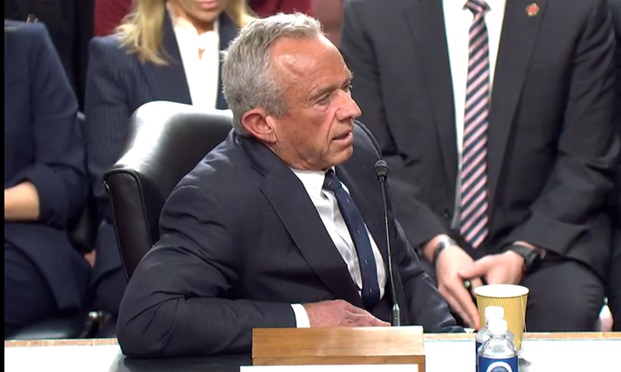When it comes to workplace well-being programs, the options are nearly endless — from the types of programs offered to the format and structure , down to the technology used and the rewards and incentives given (if any). Every employee's needs and preferences are different, but some commonalities do exist among their desires for their well-being experience at work.
More than a shiny toy or technology, employees want personal connection and personalization to be part of their well-being experience. Perhaps not surprisingly, the majority of today's workforce wants both structure and guidance — think live coaching, tailored offerings and shared experiences with colleagues — as well as the freedom and flexibility to pursue their health goals in a way that makes sense for their work schedules and lifestyles.
In a global work environment, the challenge is to identify what will work for all employees, not just those at the corporate headquarters. Edward Jones, a leading financial services company, for example, has more than 44,000 employees — including financial advisors, office workers and associates — working out of branch offices and home offices throughout the United States.
Recommended For You
If challenge number one is geography, then challenge number two is the overall effect of "sitting disease." A mostly sedentary lifestyle has been said to result in increased risk for poor health and disease. In fact, physical inactivity is the fourth leading risk factor for global mortality, and 3.2 million deaths a year trace back to physical inactivity. High-intensity exercise doesn't automatically counteract its effects, either, so the average person who spends half their day sitting at a desk and squeezes in 30 minutes of cardio at some point still falls within the risk category.
With all of this in mind, Edward Jones adopted a program to engage employees with wellness and encourage them to take breaks for health and well-being throughout the day to counteract the effects of being mostly sedentary. "Investing in You" includes screening, health assessments, health advising, coaching, wellness programs and challenges and more.
An additional offering exists for those thousands of employees scattered across the United States—each remote employee receives a stretch band, instruction sheet and note from the director of Human Resources explaining the health benefits of using the stretch band. This simple, low-tech solution has been an effective one, inspiring employees to step away from their computer and take a little "me" time for stretching and strengthening.
Why has it been so effective? For starters, remote employees often struggle to take breaks for their health and well-being just as often, if not more than, onsite employees, partly because most corporate well-being programs fail to incorporate offerings that target their needs specifically.
Secondly, it communicates to remote employees that their employer cares about them, and values their health enough to invest in it beyond words alone.
Third, the focus of the offering is not on training for an IRONMAN triathlon or fitness competition, but simple good-for-everyone strengthening and stretching exercises that improve balance, posture, coordination and reduce fatigue — some of the biggest problems associated with staring at a computer screen from a desk all day.
In a world increasingly filled with apps and tracking devices, simple solutions are a welcome break. Employees report that they appreciate the convenience as well, and that the offering — as simple as it is — makes them feel appreciated and supported.
Identifying and meeting employees' unique preferences and desires for well-being has the potential to translate to boosted productivity, employee satisfaction and retention, not to mention better health outcomes overall. A small gesture from an employer — like a stretch band — can go a long way to establishing a connection with employees that builds a culture of health and support.
When built into an overall workplace well-being strategy that successfully exhibits time-tested "must-haves" like personalization, multi-touch communication and leadership involvement, this type of offering can reinforce the larger initiatives in place. It can also serve as a reminder that you care about employees' health and well-being and want to provide opportunities to help them thrive. For those who already participate in wellness, it will only reinforce healthy behaviors and communicate that you care. And for those who have been on the fence in the past, it may serve as a helpful guide and reminder to invest parts of their day in themselves, so they can bring their best self to work.
© Touchpoint Markets, All Rights Reserved. Request academic re-use from www.copyright.com. All other uses, submit a request to [email protected]. For more inforrmation visit Asset & Logo Licensing.






